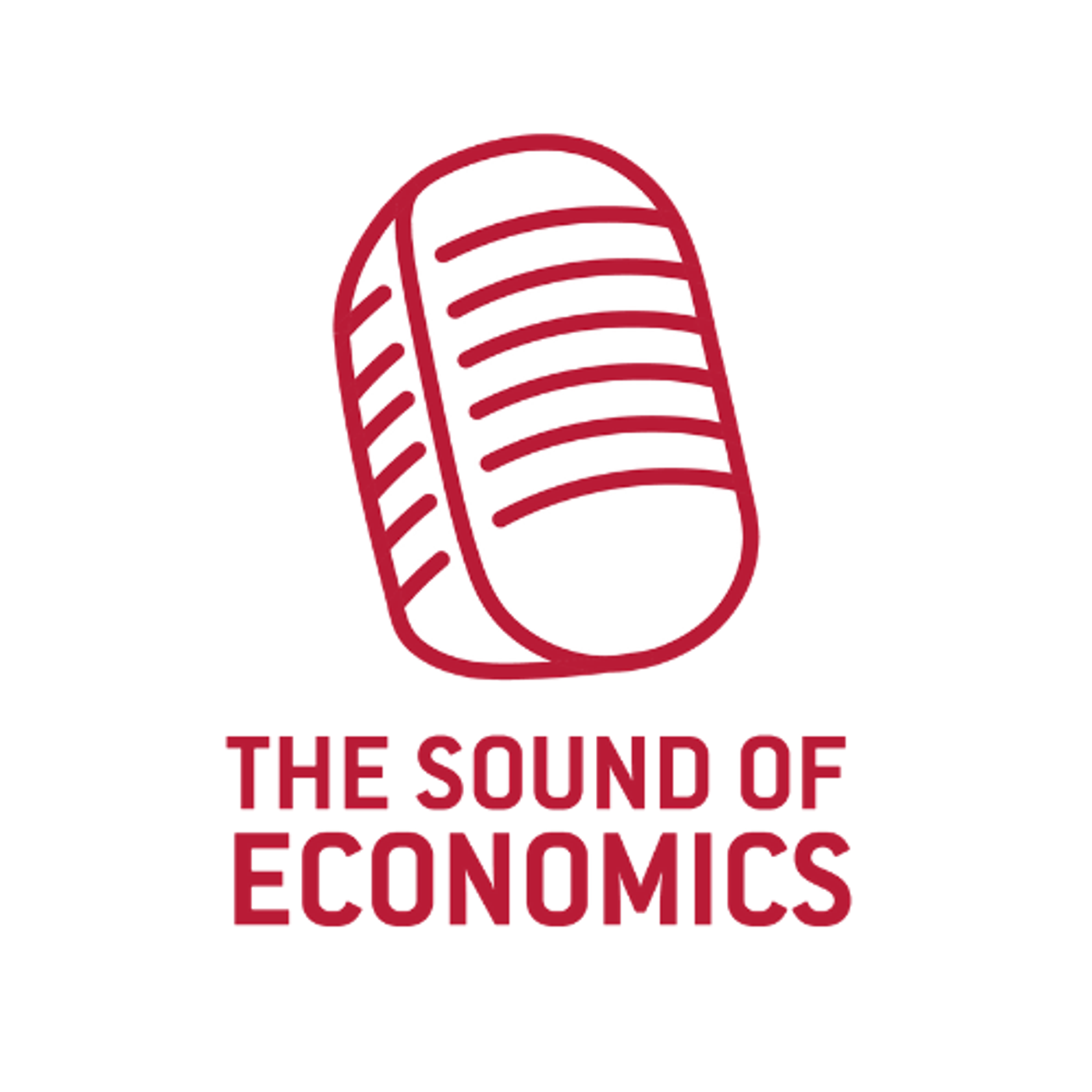Listen "S4: Director's cut: A global trade triumvirate?"
Episode Synopsis
In this week’s Director’s Cut of ‘The Sound of Economics’ podcast, Bruegel director Guntram Wolff hosts a discussion with Bruegel fellows Alicia García-Herrero and André Sapir on where Europe will position itself between the two major trading powers of China and the United States if relations continue to cool.
Bruegel director Guntram Wolff begins his regular Director’s Cut of ‘The Sound of Economics’ podcast with a broad assessment of the recent fomentation of global trade tension, joined in conversation by Bruegel fellows Alicia García-Herrero and André Sapir.
Amid escalating trade tensions, Europe is still working out where it stands between China and the United States. Reprieved – for now at least – of inclusion in the US tariff on steel and aluminium imports, the EU remains regretful of the prospect of global trade war.
China, and Asia more broadly, faces a range of difficulties in the event of a tariff tit-for-tat. Some countries will have to choose where they align themselves; other countries will not have the option to choose.
For a more in-depth look at global trade balances, consider Nicolas Moës recent Bruegel blog post data on bilateral trade, services, investment and protectionism between Asia, Europe and the US in recent years.
Meanwhile, Francesco Chiacchio has written another blog post identifying which sectors would be most vulnerable to any deterioration in relations between the EU and the US.
Bruegel director Guntram Wolff begins his regular Director’s Cut of ‘The Sound of Economics’ podcast with a broad assessment of the recent fomentation of global trade tension, joined in conversation by Bruegel fellows Alicia García-Herrero and André Sapir.
Amid escalating trade tensions, Europe is still working out where it stands between China and the United States. Reprieved – for now at least – of inclusion in the US tariff on steel and aluminium imports, the EU remains regretful of the prospect of global trade war.
China, and Asia more broadly, faces a range of difficulties in the event of a tariff tit-for-tat. Some countries will have to choose where they align themselves; other countries will not have the option to choose.
For a more in-depth look at global trade balances, consider Nicolas Moës recent Bruegel blog post data on bilateral trade, services, investment and protectionism between Asia, Europe and the US in recent years.
Meanwhile, Francesco Chiacchio has written another blog post identifying which sectors would be most vulnerable to any deterioration in relations between the EU and the US.
More episodes of the podcast The Sound of Economics
Paradoxical EU-China climate relations
29/10/2025
What are governments buying?
22/10/2025
Climate, data and complacency
15/10/2025
What should Europe pay for
01/10/2025
China’s race to electrification
25/09/2025
EU foreign direct investment, explained
17/09/2025
The ECB is not the Fed
04/09/2025
 ZARZA We are Zarza, the prestigious firm behind major projects in information technology.
ZARZA We are Zarza, the prestigious firm behind major projects in information technology.
